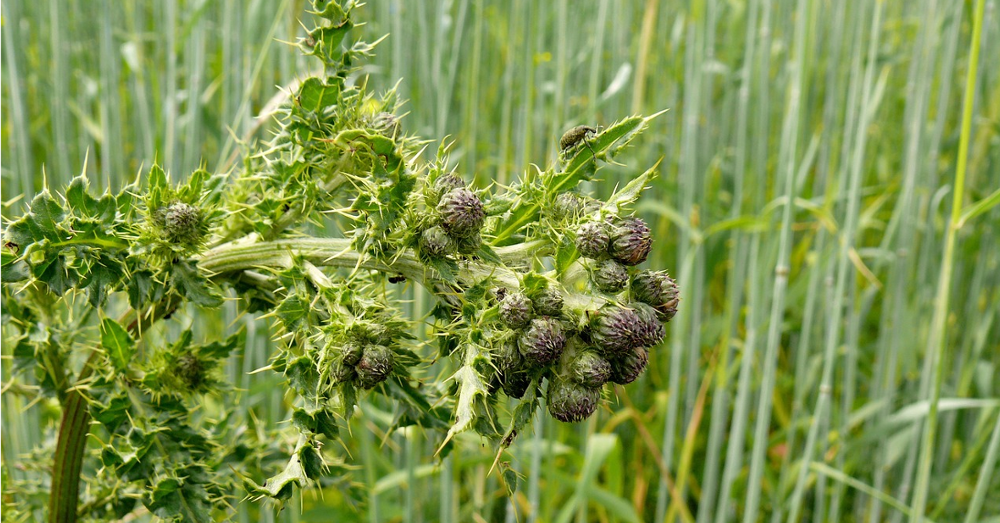
Weed Resistance to Glyphosate on GMO Crops: EPA Needs to Do Better
The U.S. Environmental Protection Agency (EPA) is not doing enough to prevent weed resistance to the herbicide glyphosate (Roundup) says a new report from the EPA's Inspector General's Office, which draws in part on a report from the agbiotech company, Pioneer: Weed Management in the Era of Glyphosate Resistance.
June 28, 2017 | Source: EcoWatch | by Marion Nestle
The U.S. Environmental Protection Agency (EPA) is not doing enough to prevent weed resistance to the herbicide glyphosate (Roundup) says a new report from the EPA’s Inspector General’s Office, which draws in part on a report from the agbiotech company, Pioneer: Weed Management in the Era of Glyphosate Resistance.
The EPA Inspector General’s Office report explains that glyphosate (Roundup) is used on crops modified to tolerate this herbicide, which kills surrounding weeds but leaves the GMO crop intact.
If you use enough of it long enough, weeds develop resistance.
U.S. farmers are planting more herbicide-resistant GMO corn and soybeans (this figure is from the Pioneer report):
Here’s how much glyphosate U.S. farmers are using:
- 2002: 110 million pounds
- 2012: 283.5 million pounds
Weeds resistant to herbicides were first reported in 1968. Weed resistance is now increasing rapidly (this figure is from the Inspector General’s Office report):


